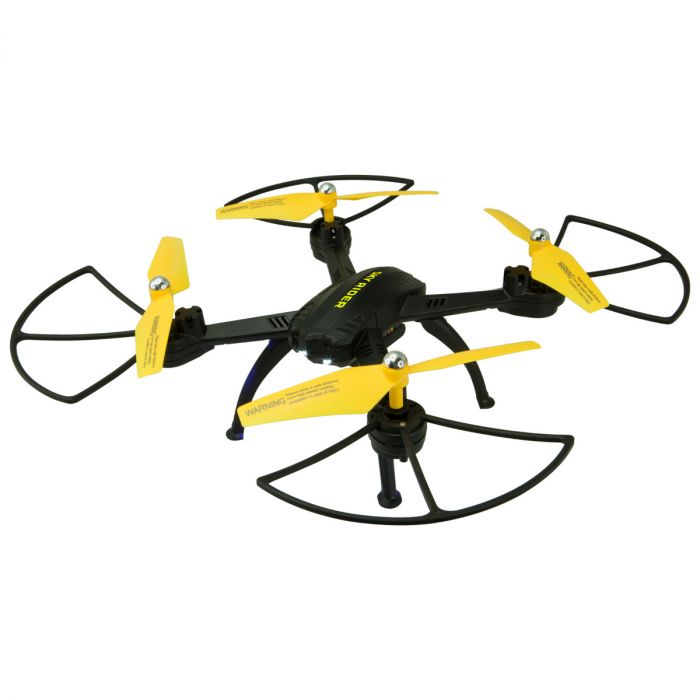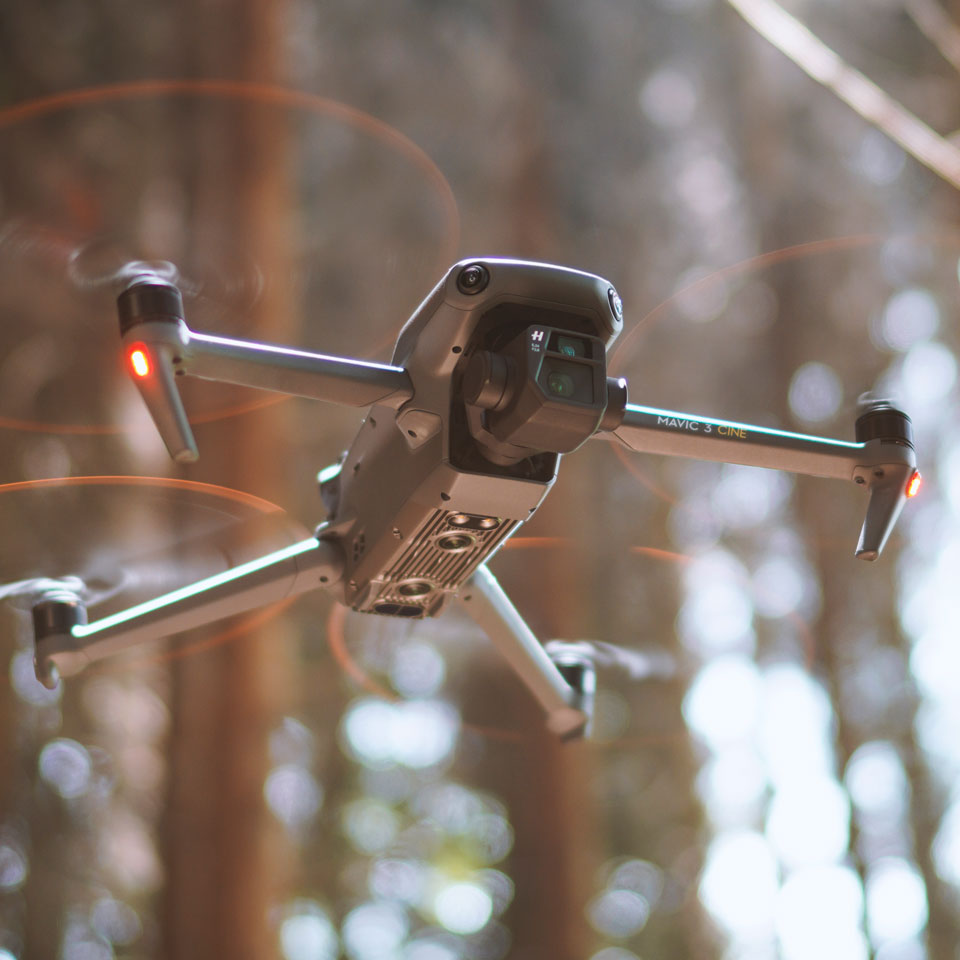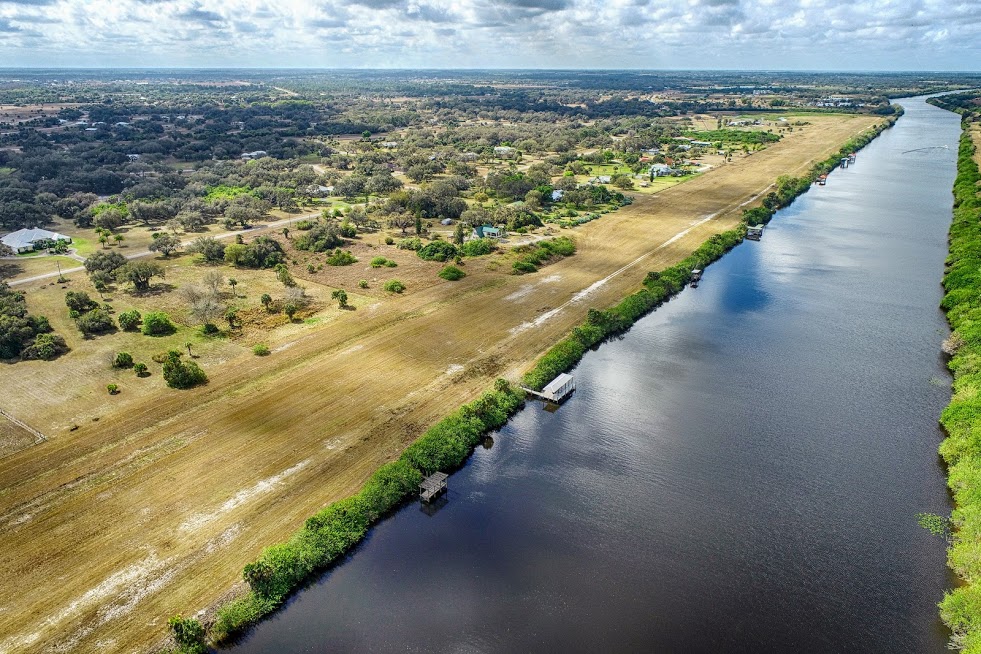
Here are the rules that govern flying drones: Controlled versus uncontrolled space, Nighttime flying and Remote ID requirements. The FAA encourages hobbyists who want to take model airplane lessons. However, they also require that you notify the tower or airport if you fly within five minutes of one. The notice states that drones can only be used for personal enjoyment and private use. This is likely an attempt to deter spying.
General safety guidelines for drone pilots
In addition to following the law when flying your unmanned aircraft, you should follow some general safety rules when operating drones. First, avoid flying within the visual line or near moving objects, aircraft or people. Second, never fly your drone over a stadium, crowd, or emergency response effort. Third, you should be cautious and ensure that your drone is controlled properly. Remember to adhere to all federal and local airspace regulations.
Safety is the most important aspect of operating a drone safely. It is essential to adhere to all federal and local aviation laws. Clear skies are best and avoid restricted airspace. Check flight plans to make sure you are not flying in restricted airspace. You should also avoid taking drone photos when you have the expectation of privacy. These laws may be violated and you could face legal action. These rules must be followed by all drone operators.
Controlled airspace vs. Uncontrolled airspace
First, you need to know the difference between controlled and uncontrolled airspace. A defined area of sky that is controlled by ATC has specific dimensions and requirements. Uncontrolled, on the contrary, isn't designated and doesn't require any specific requirements. Uncontrolled airspace, for example, does not have a defined definition and is widely used for many purposes. Generally, controlled airspace is the most regulated, as it only allows aircraft that follow Instrument Flight Rules (IFR). Additionally, controlled airspace allows aircraft to operate in isolation from other traffic.

The Class G definition is the next distinction between uncontrolled and controlled airspace. This refers to areas in which air traffic is low but does not have an air traffic control tower. Most air traffic in this area is controlled by visual flight rules and has moderate weather minimums. Air traffic control systems are designed to coordinate traffic flow and prevent aircraft collisions. In other words, controlled space has a higher minimum weather condition than uncontrolled.
Nighttime flying
FAA rules prohibit nighttime flight. For starters, you must have the proper experience before you fly in a night operation. Night rules can be more complicated than daytime rules. This can make it difficult to understand your position and avoid other aircraft. Fortunately, you can use ForeFlight to keep track of sunrise and sunset times. You can fly safely and legally with ForeFlight.
Drones must be equipped with anti-collision lights to be eligible for night flights under FAA rules. They must be visible from at least three miles, and flash at an adequate frequency to avoid collision. As long as the pilot has the proper training and experience, nighttime flying is soon to become a reality. Watch this space for more details and exact dates. If you don't know when it is legal to fly in the evening, please read the rules.
Remote access requirements
Remote ID requirements are now required by the FAA to fly drones. This technology will allow drones to broadcast messages on a radio frequency that is compatible with existing personal wireless devices. While this technology has a range that will vary depending on the drone, it is important that drones can be set up to maximize its range. These messages must include the drone's ID (latitude/longitude), altitude, velocity, time mark, and emergency status.

Remote identification is an important part of the new rules as it provides a common and consistent way to track and identify airborne drones. It will increase trust in drone operations by the public and make skies safer for all. The new Remote ID rules will become effective in April 2021, and similar requirements will be implemented in Europe this year. Drone operators will be able to fly drones in the immediate future safely and responsibly within their own neighborhood.
FAQ
Is it possible to fly my drone in a local park?
Yes, drones can be flown in parks around the world. However, there are some countries that prohibit drone flying in parks. Take a look at our list of legal places to fly drones for entertainment.
Can someone spy on you with a drone?
Yes, anyone can use drones to spy on them. You can protect yourself against drones by being aware of them and avoiding areas where they might fly. Do not hesitate to call 911 if a drone is seen flying.
What is the law on drones flying over private property?
New rules were recently published by the FAA regarding commercial drone flights. These rules apply to UAVs with a weight less than 55lbs and that fly at a height of below 400 feet from the ground. Commercial operators must register with the FAA and obtain a license from the agency. When operating in restricted areas or near airports, they will need to obtain permission from the local authorities.
Statistics
- Research and Markets predict a growth rate of 51.1% over the next five years. (thedroneu.com)
- According to industry research from ZipRecruiter , there are 10 cities where the typical salary for a Drone Pilot job is above the national average. (dronesgator.com)
- According to Indeed, a drone pilot gets paid $25.73 per hour on average in the US. (dronesgator.com)
External Links
How To
What is a Battery Pack? How do I replace it?
Your drone's main power source is the battery pack. These packs provide enough power to keep your quadcopter in flight safely and smoothly.
A new drone will likely not have any noticeable differences in its battery pack. But your battery pack will eventually become less efficient over time. It may stop working completely eventually. You will need to replace the battery in your drone to ensure it continues to function properly.
It's better to use the original battery pack when replacing it. Otherwise, you risk damaging your drone by installing a faulty battery pack.
Follow these steps to replace a battery.
-
Disconnecting the battery connector cable is a good idea. This step ensures that your drone doesn't receive any electrical current. To disconnect the battery connector cable, simply pull it away from the drone.
-
Unscrew the battery pack. The battery pack should be removed from the quadcopter's base. The battery usually separates into two parts.
-
Find the battery contacts. After you have taken the battery pack out, look for the contact points. These small metal pins link the battery and the rest of your drone's components.
-
Install the battery. Next, attach the new battery to the drone. You will need to align the battery connectors from both ends of the battery package. After that, attach the battery pack to the drone. Once the battery is in place, tighten all bolts.
-
Reattach the battery connector cable. After installing the new battery pack, reconnect the battery connector cable to the drone.
-
The drone should be tested. Test your drone before flying it again. If it does, congratulations!